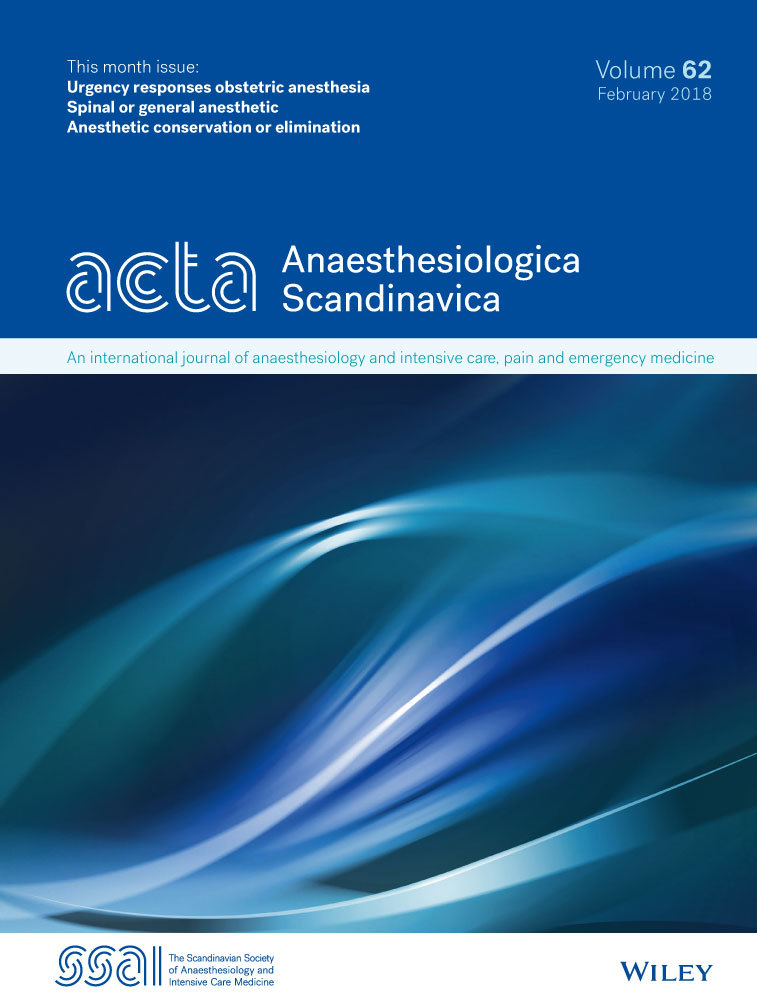High volatile anaesthetic conservation with a digital in-line vaporizer and a reflector
Conflict of interest
JF, LF and MK are shareholders and employees of Thornhill Research Inc., which produces MADM as a commercial device. Thornhill Research Inc. provided the MADM and covered the study costs.
Abstract
Background
A volatile anaesthetic (VA) reflector can reduce VA consumption (VAC) at the cost of fine control of its delivery and CO2 accumulation. A digital in-line vaporizer and a second CO2 absorber circumvent both of these limitations. We hypothesized that the combination of a VA reflector with an in-line vaporizer would yield substantial VA conservation, independent of fresh gas flow (FGF) in a circle circuit, and provide fine control of inspired VA concentrations.
Method
Prospective observational study on six Yorkshire pigs. A secondary anaesthetic circuit consisting of a Y-piece with 2 one-way valves, an in-line vaporizer and a CO2 absorber in the inspiratory limb was connected to the patient's side of the VA reflector. The other side was connected to the Y-piece of a circle anaesthetic circuit. In six pigs, an inspired concentration of sevoflurane of 2.5% was maintained by the in-line vaporizer. We measured VAC at FGF of 1, 4 and 10 l/min.
Results
With the secondary circuit, VAC was 55% less than with the circle system alone at FGF 1 l/min, and independent of FGF over the range of 1–10 l/min. Insertion of a CO2 absorber in the secondary circuit reduced PetCO2 by 1.3–2.0 kpa (10–15 mmHg).
Conclusion
A secondary circuit with reflector and in-line vaporizer provides highly efficient anaesthetic delivery, independent of FGF. A second CO2 absorber was necessary to scavenge the CO2 reflected by the anaesthetic reflector. This secondary circuit may turn any open circuit ventilator into an anaesthetic delivery unit.




